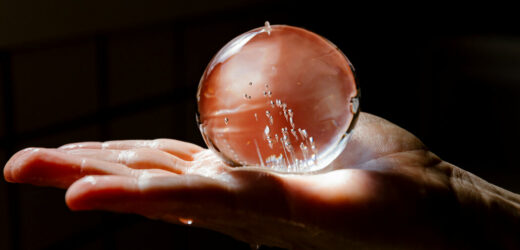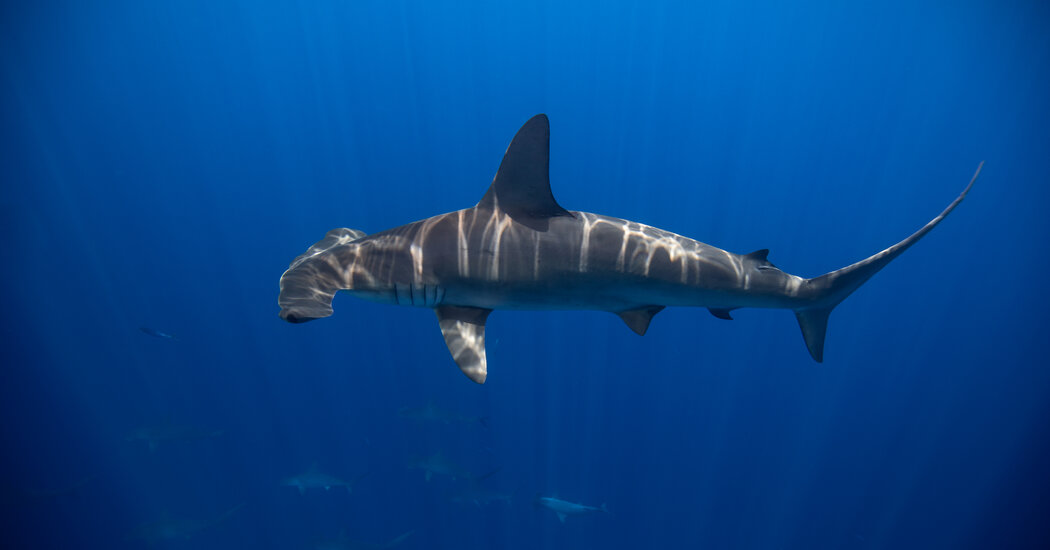After 14 years of research, the writer Camper English is putting everything he’s learned into his new guide for at-home bartenders, “The Ice Book.”
The writer Camper English has spent years testing the best ways to make clear cocktail ice.Credit…Jason Henry for The New York Times
Supported by
Send any friend a story
As a subscriber, you have 10 gift articles to give each month. Anyone can read what you share.
By Robert Simonson
Camper English’s obsession with ice began with its opposite: boiling water.
As a writer living in the craft-cocktail hotbed of San Francisco, he has spent many hours cradling drinks cooled by gorgeous crystalline ice. But such pure rocks were beyond the reach of the home bartender who lacked high-end commercial ice machines. To Mr. English, this was an unacceptable situation.
“I was trying to confirm or disprove theories on making clear ice that I had been hearing from bartenders,” he said.
Now, with Mr. English’s new tome, “The Ice Book,” out May 23 from Red Lightning Books, he’s made it possible for every cocktail enthusiast to master clear-ice at home. All his frozen knowledge has gone into his book, along with some ice-centric cocktail recipes. (Interested in creating a clear-ice punch bowl? Help has arrived.)
His research began simply. Mr. English had always heard that an easy way to achieve clear ice was to boil the water before freezing it.
“It actually does not work,” he said.
That set off a series of ice experiments. He froze tap water. He froze distilled water. He let ice melt and refroze it, again and again. He froze water in airtight containers of various sizes and shapes, all in pursuit of the holy grail of see-through ice. But nothing worked; the ice was always cloudy.
Then, a breakthrough: He employed directional freezing, a process that mimics how lakes freeze, starting from the surface, where the cold air is, down to the lake bed. This pushes to the bottom the air and impurities in water, the things that cause ice to cloud, leaving clear ice on top.
Mr. English accomplished this natural phenomenon at home by filling a hard-sided, insulated cooler with water and placing it, lid off, in his freezer, essentially creating a tiny frozen lake. He then cut the block into smaller cubes using a bread knife, ice pick and mallet. Finally, success.
In 2009, Mr. English — who grew up in the Binghamton, N.Y., earned a degree in physics at Boston University and started writing nightlife reviews in San Francisco in 1999 — began posting his findings on his website, Alcademics.
“I consider Camper the godfather of making clear ice at home,” said Miguel Buencamino, who runs the popular Instagram account Holy City Handcraft. In 2018, Mr. Buencamino responded to his followers’ keen interest in his ice tutorials with #ClearIceWeek on his feed, which has run every January, encouraging others ice geeks to post their work online.
Ryan Zullo, a medical professional in Ohio, is one ardent #ClearIceWeek participant. When the ice sphere press that his wife had gifted him produced disappointingly cloudy orbs, he took to the internet for solutions and quickly found Mr. English’s site. In early 2020, he started his Instagram account, Really Ice to Meet You, at the height of the Covid lockdowns.
“From that moment on, I have only used handmade, hand-carved clear ice in all of my home cocktails,” said Mr. Zullo, who has more than 57,000 Instagram followers. He often tags Mr. English in his posts, “just to get his approval on the most recent batch of clear ice that I cut up.” He always gets a response.
Mr. English credits these social media influencers for advancing the clear-ice gospel through the ever-appealing medium of video. “Now I’m following them, where they were following me before,” he said.
Quarantine hobbies and cocktail aesthetics notwithstanding, one has to ask: Why bother? Does transparent ice really contribute so significantly to quality of life?
A counterargument is made in the first few sentences of Mr. English’s book: “You could say the same things about pizza, bagels, beer, or any other edible or nonedible items — cast-iron pans, chef’s knives, or crystal wine glasses — that we obsess over. We want the very best version of our favorite simple things.”
For Mr. English, being Val Kilmer’s Iceman among the cocktail world’s top guns, has been a mixed blessing. Last year, he published “Doctors and Distillers,” a tirelessly researched book on the centuries-long relationship between medicine and booze that took three years to complete.
“It was a much bigger research project, but all anyone wants to talk about is ice cubes,” Mr. English said. Not that he minds. “I hope my gravestone is made of clear glass to imitate ice.”
Follow New York Times Cooking on Instagram, Facebook, YouTube, TikTok and Pinterest. Get regular updates from New York Times Cooking, with recipe suggestions, cooking tips and shopping advice.
Site Index
Site Information Navigation
Source: Read Full Article



